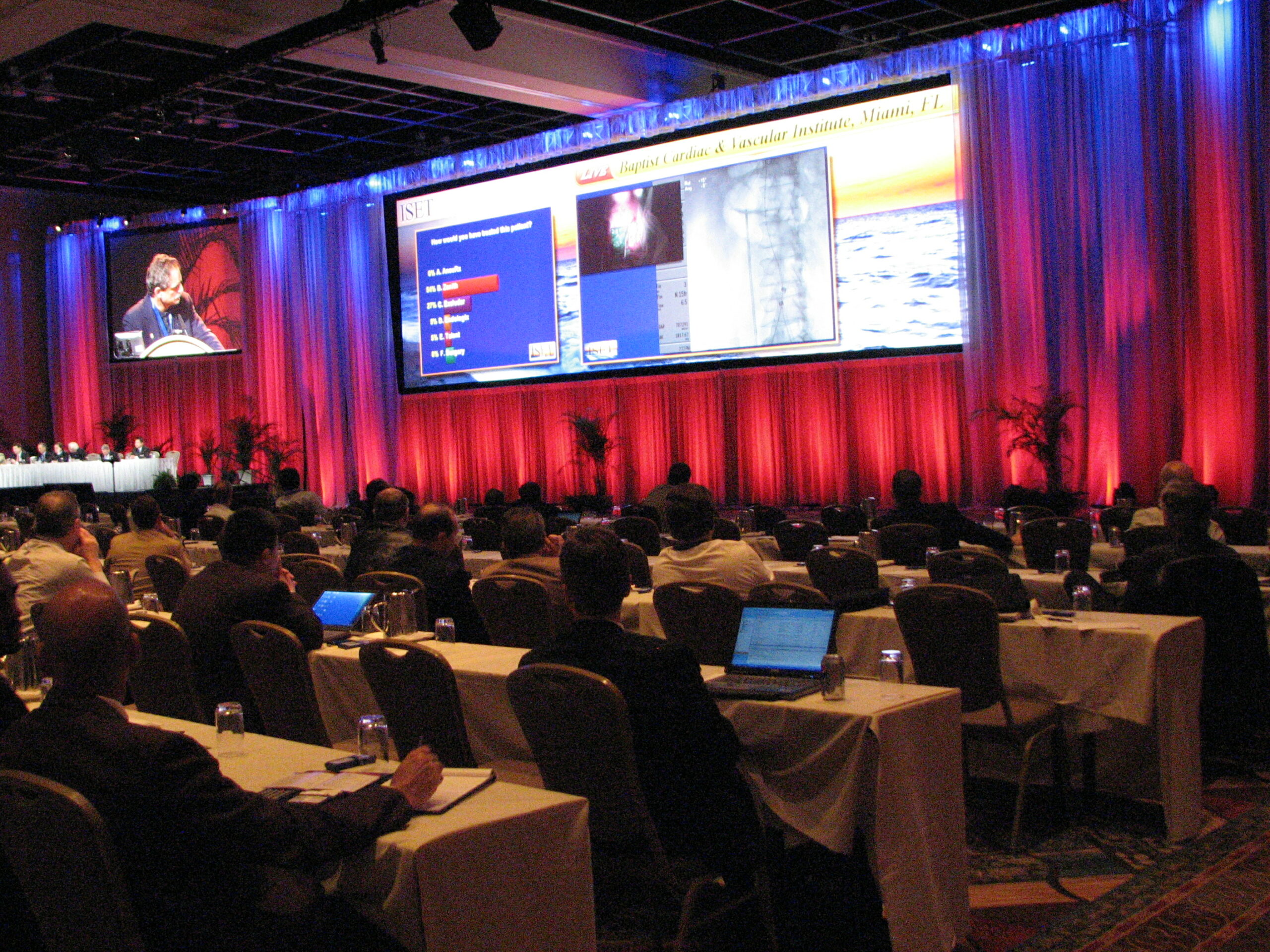When giving a presentation, it is important to not only capture the audience’s attention but to strongly hold it throughout the presentation until the end. Audience Response Systems (ARS) were designed with this goal in mind. It is an interactive tool that links small group or large audiences to the presentation through the use of interactive software, response devices, and receivers that collect the data. By combining these three elements, the speaker engages each member of the audience by giving them a chance to interpret the information and answer questions based on their own individual opinion. Audience response systems have proven to be effective in active learning sessions more so than basic lectures, and here are the 4 tips on how to make the best presentation that compliments the software.
1. Decide on the Equipment
Companies provide several products and variations for the ARS that are available for rental or purchase so it is important to understand the needs of the audience. The interactive software, keypads/devices, and reports can all be manipulated depending on the prowess and skill sets of the group. For example, some software involves a one-click slide integration that allows the speaker to easily integrate a single question onto a single slide. The most advanced software will allow the speaker to pose and place questions into existing presentations, videos, and graphics, allowing the computer to display more than one application at a time. The clickers range from the simple multiple choice selectors to devices that allow type to text answers. Lastly, the reports should be geared at the final results that are expected to come from the data. They can also appear in real time, but it is important to understand the end goal of the presentation so that the company can work with the speaker on correctly interpreting the collected data.
2. Rehearse and Prepare for the Presentation
After selecting the equipment, both the speaker and the audience have to learn how to use it. Some rental companies will supply support, but in order to avoid technical problems and ensure that the presentation runs smoothly, rehearse and familiarize with the information and the equipment. Confidence is detectable and the audience may not be inclined to actively participate if they sense hesitation. Also, allocate time to go over the system with the audience so that they will feel self-confident in using the equipment and further participate in the presentation.
3. Keep Questions Straight-forward
By keeping the questions short, the audience will more easily be able to read it correctly up on the screen without it appearing too cluttered or disorganized. Overly complex questions may result in a misunderstanding or confusion for the audience, which in turn may force the speaker to constantly clarify or explain the question and take up valuable time. These types of questions can also lead to misleading and incorrect data in the reports.
4. Do Not Overuse the Audience Response System During the Presentation
Audience response systems are fun for the audience to use, but overusing it will take away the grandeur and possibly too much time. After each question is displayed, the audience should be given enough time to contemplate their answers. Allot time just for this. Asking too many question will lessen the impact of the speaker on the audience and give too much control to the audience rather than the lecture material. Use questions sparingly to highlight important points.
Visit Meridia to get more information about Audience Response Systems and software.

